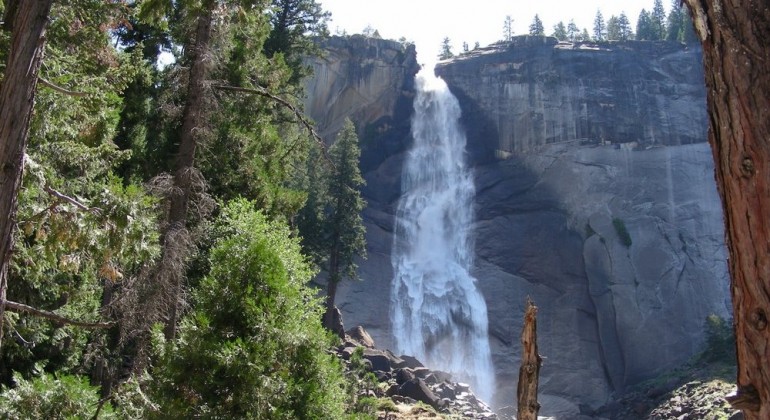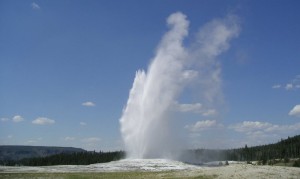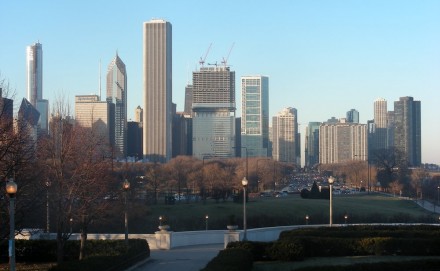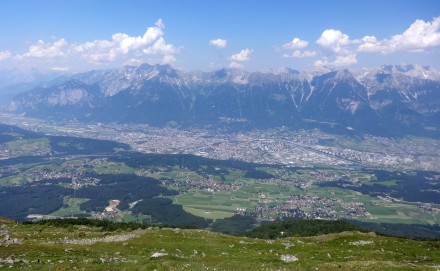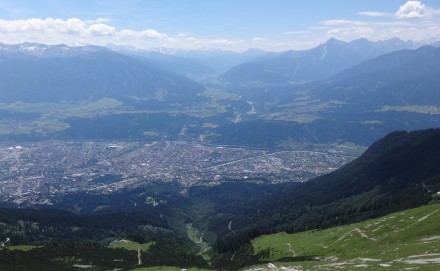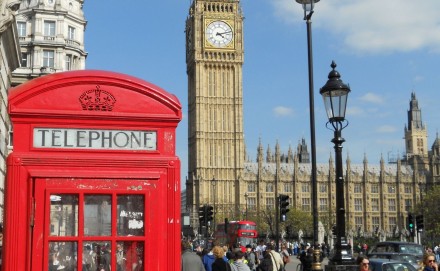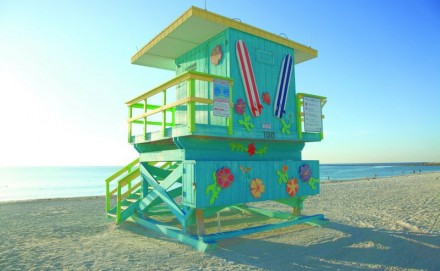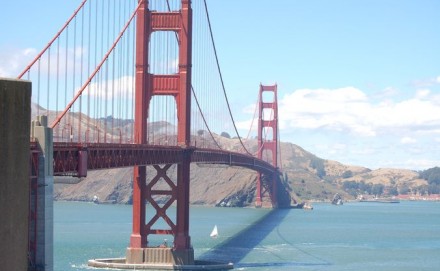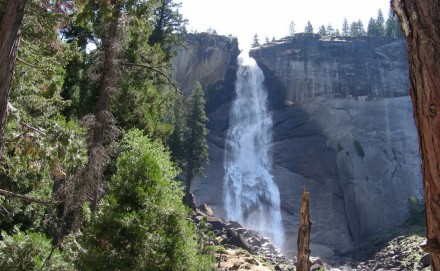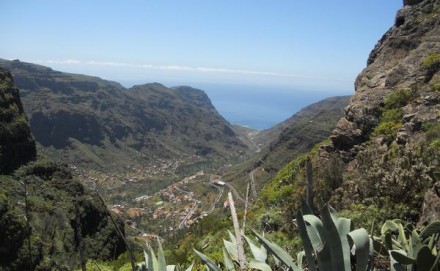US National Parks News
With the start of summer rapidly approaching with the US Memorial Day holiday on May 26th, we thought it was high time we had a quick look at what was going on in some of the US National Parks. They are all starting to get ready for their busiest season, and now is a great time to visit if you want to beat the crowds.
Yosemite National Park
Yosemite National Park is in sunny California, but it’s height means it experiences significant snowfall during the winter and quite a bit of the Park is closed. However, all the roads have now reopened, as has much of the accommodation and the amenity in Yosemite Valley. Tuolume Meadows Lodge and White Wolf Lodge are still closed as they are up in the high country and will not reopen until full summer.
The cables which allow ascent up Half Dome were installed yesterday (May 15th) and will be ready for use today. If you were lucky enough to score a permit during the lottery, I am sure you are busy planning your trip. Good luck and please send us a photo. Spring is a great time to visit Yosemite as the many waterfalls are at their most spectacular at this time of year. They reach their peak flow around now as the warmer weather increases the rate of snow melt.
The weather in Yosemite Valley right now is looking fabulous. Forecast highs are around 30°C, or in the high 80s in Fahrenheit. Lows are around 10-12°C or 50-55°F.
For much more information on how to get to Yosemite, where to stay and what to do, check out our full guide.
Yellowstone National Park
Winters in Yellowstone are long and bitter, with very heavy snowfall. Spring has definitely arrived in the Park now. All the roads are open excepting Dunraven Pass, and you can reach all of the major attractions in the Park by car from any of the entrances.
If you want to see a baby bison, this is a great time of year to visit Yellowstone as bison calves are starting to appear in the Park. Lots of animals are moving around the Park as they migrate from winter to summer feeding grounds. This is great in terms of opportunity for wildlife spotting, but factor in extra time for your journey as you need to slow down for any of them near or on the roads. The wildflowers are also out and the Rangers will be happy to tell you the best places to go to spot them. Some of Yellowstone’s hundreds of hiking trails remain closed right now, so if you are a keen hiker it may be worth waiting another few weeks before you make your trip. The bears have also just emerged from hibernation and are very hungry and a little sleepy still. If you do hike, the Park Service recommend you go at least in a party of 3 and that you make plenty of noise and take bear spray with you.
The weather in Yellowstone at the moment has highs in the low 50s Fahrenheit, 10-12°C, and lows around 30°F, or 0°C. Take plenty of warm clothes with you!
For more information on how to get to Yellowstone, what to do and where to stay, check out our full park guide.
The Grand Canyon
The South Rim of the Grand Canyon stays open all year, but the quieter North Rim closes for the winter due to its higher elevation and colder weather. The North Rim reopened yesterday (May 15th) so pretty much all the amenity in the Grand canyon is now open for the summer.
The park and ride service from Tusayan, the gateway community adjacent to the South Rim, has also restarted again for the summer season. This is a great service. It is free to use with your entrance pass and the bus bypasses the queues waiting to enter the park. The first bus leaves Tusayan at 8.25am and the last bus leaves the Grand Canyon Visitor Center at 9.30pm with regular services in between. The park and ride links with the in Park bus shuttle services so you have access to much of the South Rim.
This is a great time of year to visit the Grand Canyon, with temperatures on the rim starting to rise and temperatures in the bottom of the Canyon not yet at their peak. Make sure you bring layers though as the weather on the rim can be pretty changeable. The current forecast for the South Rim is for highs in the low 70s Fahrenheit (the low 20s Celsius) and lows around 33-39°F (or 1-4°C), so you will need to wrap up warm at night. The cooler North Rim has forecast highs around 60-65°F or 16-18°C, and lows the same as the South Rim. It is much warmer down in the Canyon bottom. The forecast for Phantom Ranch has daytime highs into the 90s Fahrenheit or 30°C and lows around 50°F or 10-12°C.
For more information on visiting the Grand Canyon, including how to get there, where to stay, what to do and road trip itineraries, check out our full park guide.
The Everglades
Unlike most of the other US National Parks, the Everglades has it’s high season during Florida’s cooler, dryer winter, rather than the hot, humid summers.
This is shoulder season in the Park and you can expect warmer temperatures and regular thunderstorms, but it is a great time to visit for a couple of reasons. Firstly there may well be bargains to be had in terms of accommodation, as there are fewer visitors around. Secondly, this is the end of the dry season, so animals are congregating where this is still plenty of water. This makes them really easy to spot at the visitor centers. The deep pools of Royal Palm will have attracted lots of alligators, birds, fish and turtles. You can wander the boardwalk above them and get a great view. Shark Valley is also a great place to head for. Take the tram or rent a bike and cycle to the viewing tower and see how many gators you can count!
The current weather forecast for the Everglades has highs in the mid 80s Fahrenheit or low 30s Celsius, and lows in the low 70s Fahrenheit or low 20s Celsius.
For more information on how to visit the Everglades, check out our full park guide, which is full of information on how to get there, where to stay, and what to do.

